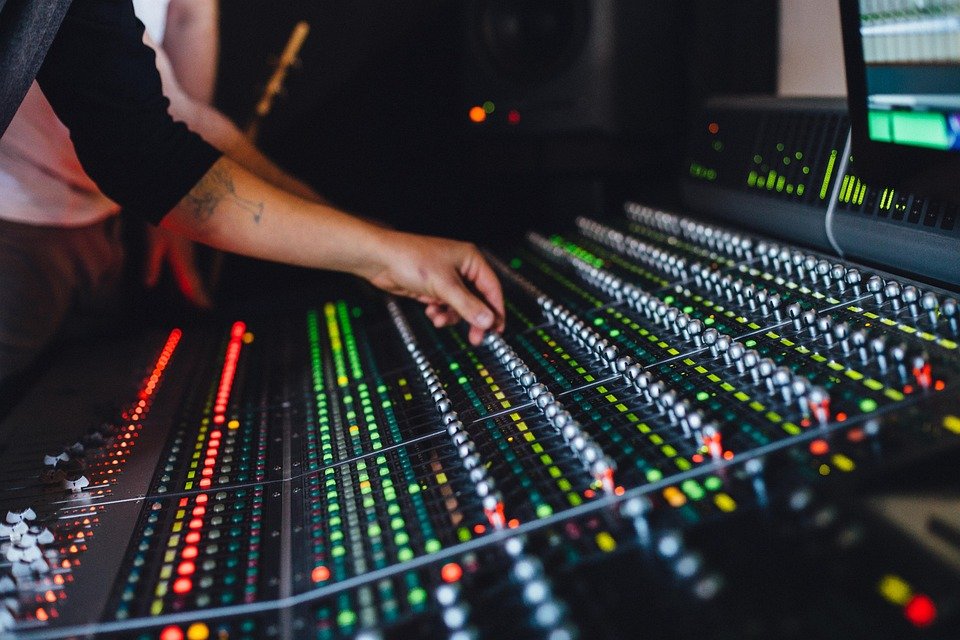The world of technology is constantly evolving, with one of the most exciting advancements in recent years being virtual reality (VR). VR has the potential to revolutionize the way we interact with each other and the world around us, offering immersive and interactive experiences that were once only possible in science fiction.
But what does the future hold for VR and human interaction? Will we see a world where virtual reality becomes the norm, or will it remain a niche technology for gaming and entertainment?
The potential for VR to change the way we communicate and interact with each other is immense. Imagine being able to attend meetings, classes, or even social events in a virtual space, where you can interact with others as if they were right in front of you. This could open up new possibilities for remote work, collaboration, and learning, making it easier for people to connect with others regardless of physical distance.
But VR is just the tip of the iceberg when it comes to the future of technology and human interaction. Augmented reality (AR) is another exciting development that has the potential to change the way we experience the world around us. By overlaying digital information on top of the real world, AR can enhance our perception of the world, providing us with additional context and information that can help us make better decisions and navigate our environment more effectively.
In addition to VR and AR, other technologies such as artificial intelligence (AI), robotics, and the Internet of Things (IoT) are also shaping the future of human interaction. AI-powered chatbots and virtual assistants are already changing the way we interact with technology, providing us with personalized and efficient services that can help us accomplish tasks more quickly and easily.
Meanwhile, robotics and IoT devices are making it possible for us to interact with our physical environment in new and innovative ways, from smart homes that can anticipate our needs and preferences to autonomous vehicles that can transport us safely and efficiently from one place to another.
As these technologies continue to evolve and mature, we can expect to see even more exciting developments in the realm of human interaction. From virtual and augmented reality experiences that blur the line between the digital and physical worlds to AI-powered chatbots and virtual assistants that can anticipate our needs and provide personalized assistance, the future of technology and human interaction is bound to be a fascinating and transformative one.
Ultimately, the power of technology lies in its ability to connect us with each other and the world around us in meaningful and impactful ways. By embracing new technologies and harnessing their potential to enhance our lives, we can create a future where human interaction is enriched by the wonders of technology, creating a more connected, collaborative, and fulfilling world for us all.




